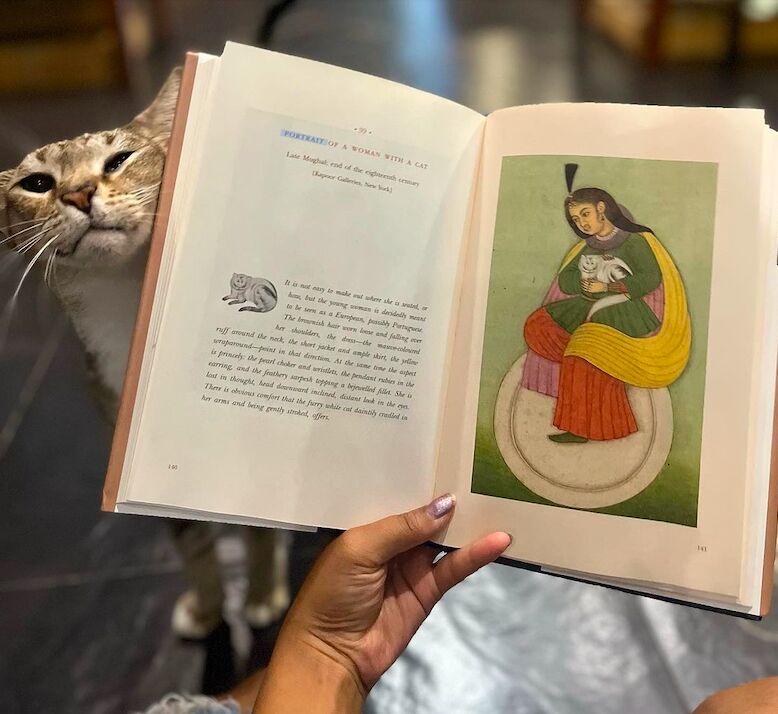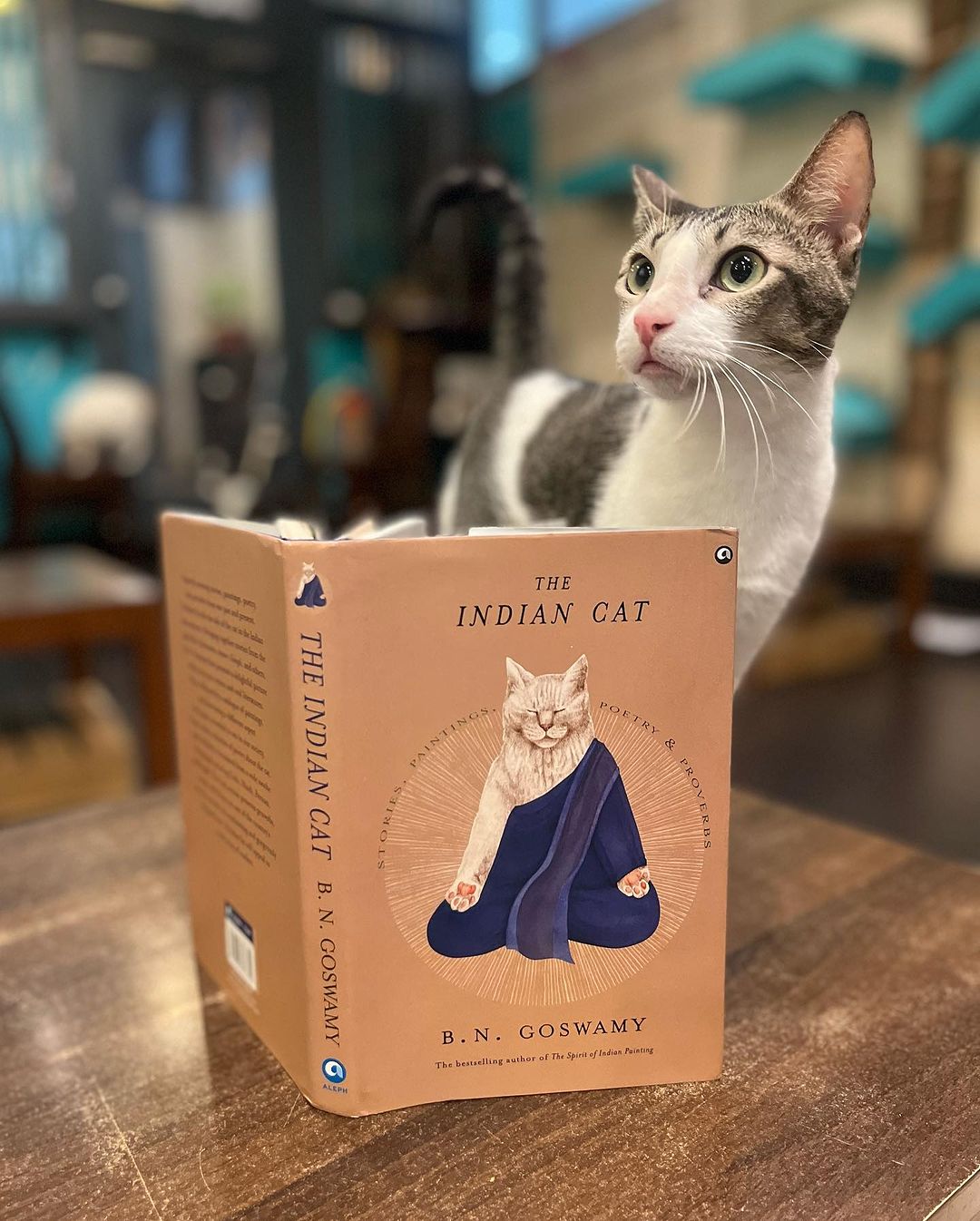‘The Indian Cat’ – Latest book by finest storyteller of Indian miniature painting late Prof B N Goswamy was his last word on miniature painting

The phenomenal storyteller, hailed as the last word on miniature painting in India, particularly the Pahari School, Prof. Goswamy passed away in Chandigarh on Nov 18, leaving behind a cultural trove of 24 books depicting the work of many Indian miniature artists.
The Padma Shri winning art critic and historian meandered into back alleys of mythology when the shadow of a cat lengthened across his scepticism.
Son of a judge in Sargodha (Pakistan), Goswamy moved to Amritsar after the Partition. The postgraduate from Panjab University quit the Indian Administrative Services (IAS) to pursue a career in art and art history, enrolling for a PhD at Panjab University to study the social context from which the Kangra painting practice emerged.

Travelling across the Kangra hills, he acquainted himself with the folklore, learned the Takri Pahari script and leafed through the handwritten genealogical records maintained by the pandas and priests of Kurukshetra, Haridwar and Varanasi, and land settlement records compiled by the colonial state, to painstakingly reconstructed the family lineages and styles of miniature artists.
For art historian and critic B N Goswamy a miniature painting was intended to ideally be read like a book, and not mounted on the wall. It is meant to be held in the hand and read closely. The eye must linger over the surface, take in the luminous colours, absorb the subtlety and the details.

This initiation into the cult of the feline was one cold encounter that compelled him to put together a bizarre compendium titled The Indian Cat: Stories, Paintings, Poetry, and Proverbs published by Aleph Book Company in early October this year. Today, on the eve of his demise, we pay obeisance to the nine lives he witnessed on a journey through our heritage in pursuit of this mythical creature.
Author of over 25 books on art and culture — including the recently released Indian Cat: Stories, Paintings, Poetry and Proverbs — one of his prominent contributions to art history has been his ability to highlight the role of family and lineage in the development of miniature painting in India. He first introduced the idea in his essay “Pahari Painting: The Family as Basis of Style” published in the journal Marg in 1968.

The juxtaposition of different centres of miniature art according to the courts that commissioned them — Kangra, Guler, Basohli, Chamba and so on — was articulated by him with great details . “Court styles could vary hugely, depending on who was at work; but families had recognisable techniques and stylistic idiosyncrasies,” he had told.
His books Nainsukh of Guler: A Great Indian Painter from a Small Hill-State resurrected master miniaturist Nainsukh from oblivion, he celebrated dynasties of forgotten artists through his encounters and readings of 101 great works of art painted between 1100 and 1900, ranging from Jain manuscripts to Rajasthani, Mughal, Pahari and Deccani miniatures, to Company School of paintings.
